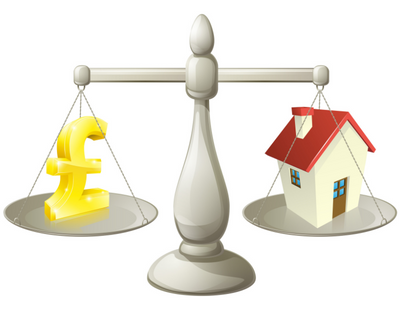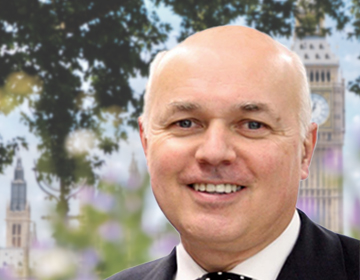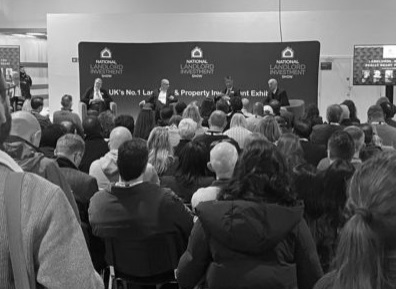New housing affordability figures provide one underlying reason why many potential buyers cannot make the move and instead rely increasingly on the private rental sector.
New figures from the government show that in 2022, in England, the average house price was £275,000 and the average annual disposable household income was £33,000 – so houses cost 8.4 times income.
The official government affordability threshold is 5.0 times earnings – and we have been above this since 2017.
Now in England, only the top 10 per cent of households can afford an average home with fewer than the ‘affordable’ five years of income – it’s the top 30 per cent in Wales and top 40% in Scotland and Northern Ireland.
The situation is even worse in some regions. In London, the average property is 13.9 times the average income. In the South East it’s 9.8 times, in the East of England 9.3 and in the South West 8.9 times.
Sarah Coles, head of personal finance at business consultancy Hargreaves Lansdown, says: “Runaway house prices made a mockery of housing affordability in 2022. While mortgage rates were low, this kind of financial contortion was feasible, but now people are facing remortgaging at much higher rates, it’s going to be incredibly painful.
“Housing hasn’t been affordable since 2017, according to the Office for National Statistics, and rampant price rises during the pandemic didn’t help. Lower mortgage rates helped people to stretch their finances to bigger loans. However, with 1.4m people remortgaging at a much higher rate this year, it’s going to bring real pain to hundreds of thousands of people.
“When a household spends 25 per cent of its after-tax income on the mortgage, it’s considered to be at risk of falling behind on payments” says Cole, warning that a Hargreaves Lansdown forecast suggests that over the next year, 26 per cent of people will be in this position.”
Another analyst - Karen Noye, mortgage expert at Quilter - adds: “This situation [in England] will now be even worse as these calculations do not take into account any effects on housing cost affordability resulting from changes to mortgage interest rates and payments stretching people’s budgets that much further leaving with even less to save towards a deposit to buy a property.
“The impact of this huge affordability pressure has already starting to be seen as people are forced to take out marathon mortgages just to be able to afford monthly payments. Data gathered by Quilter from the FCA shows there has been a near 120 per cent uptick in the number of people taking out mortgage terms of 35 years or more. This highlights that more people are being forced to stretch their finances, opting for longer-term mortgages to manage monthly payments amidst climbing interest rates and high house prices.
“Strikingly, there is a significant increase in older borrowers who will still be repaying their mortgages well into their 70s, potentially diverting a considerable portion of their retirement savings to meet their mortgage obligations.
“Looking forward, the pressures on affordability may lead to a downturn in house prices. The latest house price indices all point to declining or flatlining house prices. However, prices will need to drop considerably or wages increase massively for the affordability ratios to improve. While both are unlikely, the building of new homes to ease the supply and demand dynamic, and help first time buyers is likely to be a central battleground for next year’s election.”
We're excited to announce that we're working on building a shiny new website for readers of Landlord Today! As part of this process, commenting on articles will be temporarily disabled. We look forward to sharing our new and improved Landlord Today website with you shortly!









.png)

(1).png)







.jpg)






%20(002).png)





